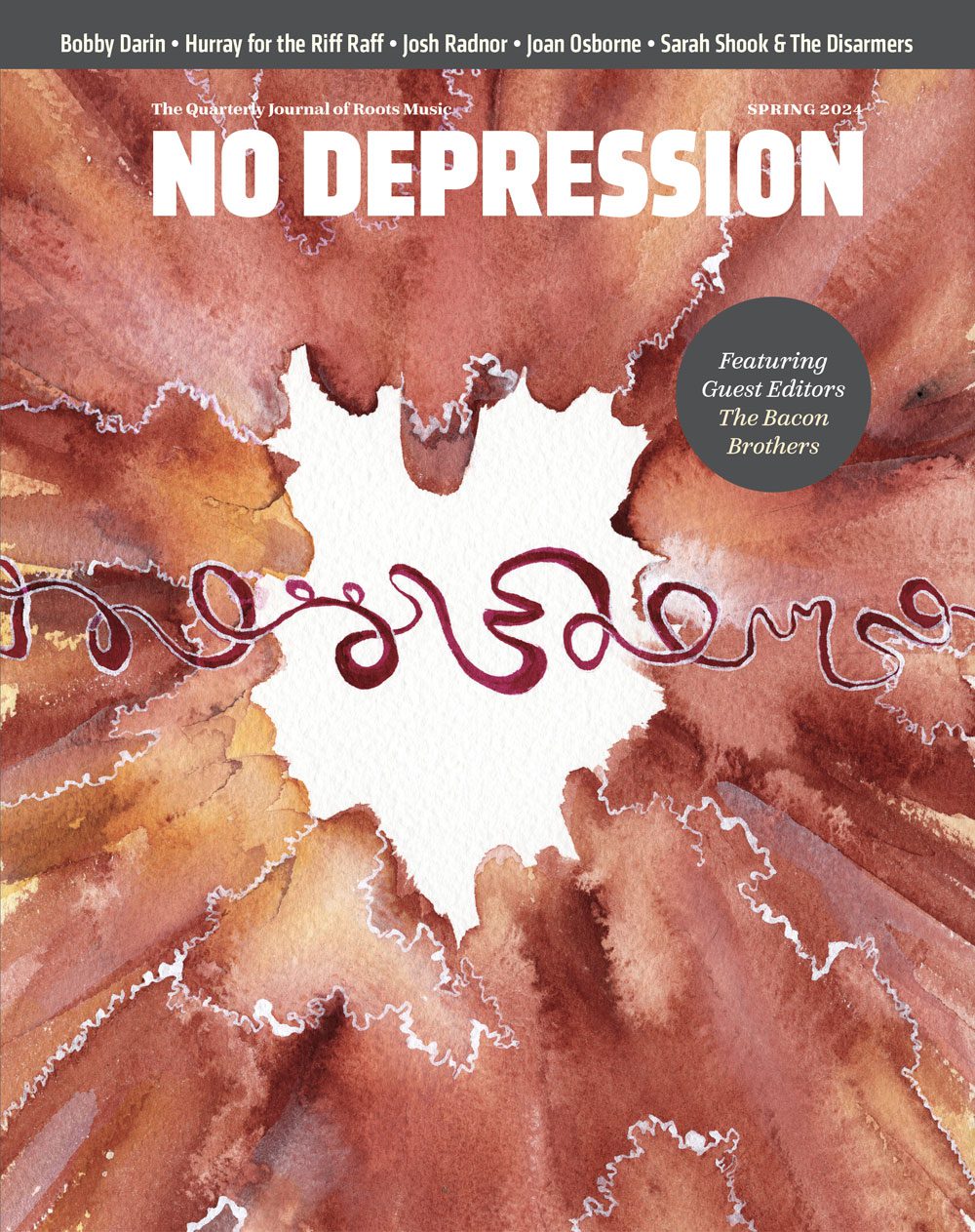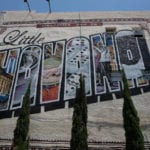Another side of music, or What I learned from dancing
Way back when, toward the beginning of my single-digit years, I convinced my mother to put me in piano lessons and ballet class. Memory could have skewed this a bit, but I believe I started both the same year.
Studying music always informed my dancing, and I learned quickly how to dance to the whole song, not just the rhythm. Dancing, I came to understand, was not just a visual accompaniment to a series of eight-counts, but was a physical expression of the music. Conversely, dancing informed my musicianship. I wasn’t concerned nearly as much with nailing every note as I was with the physical presence of the melody – the way the music might make those listening feel, how it might – quite literally – move them.
Over the course of my dance training, I would study ballet the most, with a few random years taking classes in tap and jazz dance. In high school, I was part of a dance squad which dabbled in modern dance, Broadway, contemporary, hip-hop, and the sort of sharp-movement stuff you see cheerleading squads do (I always thought of it as “organized dancing”; my least favorite).
Because I had been studying classical music all along, and because my taste beyond that was limited pretty much to Billy Joel, Elton John, Paul Simon, and Debbie Gibson (don’t judge; I was a kid), dance opened me up to the inherent musicality in other styles of music. There was the sequins-and-feathers of Broadway show tunes and cheeky jazz standards. Dancing to those songs required precision and exaggeration. Hip-hop asserted a certain muscular sensitivity; a smooth tenacity. You don’t nail those movements, you dance through them. It’s a strong sense of motion, but it comes from the core. Everything else is just follow-through.
Tap is body percussion. Taking classes at dance camp from Savion Glover made me appreciate the glory of a great drummer – their subtleties and restraint, while moving the song forward like it’s a raft and you’re the river.
At the end of high school, I felt faced with a choice: I could pursue music or dance – one or the other. Or, I could become a chorus girl and work in the theater. I figured a dancer’s career is over before the age of 30, and I didn’t want to have to retire that young. I didn’t want to teach. And I didn’t want to spend my later life complaining about the ways in which I’d injured my body by making my living through my physical being. A musician, I figured, can work to the grave. It seemed an easy choice.
Even now, as a critic – or whatever you call this job I have – I still have a pair of dancer ears. I still look for music which dances on its own. The lilting progression, the lunging guitar. I still seek songs with a physical presence, which walk to the center of the floor and make you watch. That doesn’t mean I enjoy what generally gets filed under “dance music” at the record store. More often than not, the electronic drums and warped vocal bending that’s become so popular, strikes me as bodiless drivel. It seems striving more toward abandoning your physical presence – and just bouncing in place, perhaps in a crowded room – than it does provoke a physical expression of music.
It’s occurred to me often that the things we do in dance clubs – the movement we pass off as “dancing” these days – is a direct reflection of the pounding redundancies we pass off as “dance music.” Perhaps we’ve gotten as lazy with our bodies as we have with our ears. I’d love to see some videos in the comments of real dance music – the kind which comes from real instruments. Or even just music which dances on its own. I’ll kick it off with the Meters:



